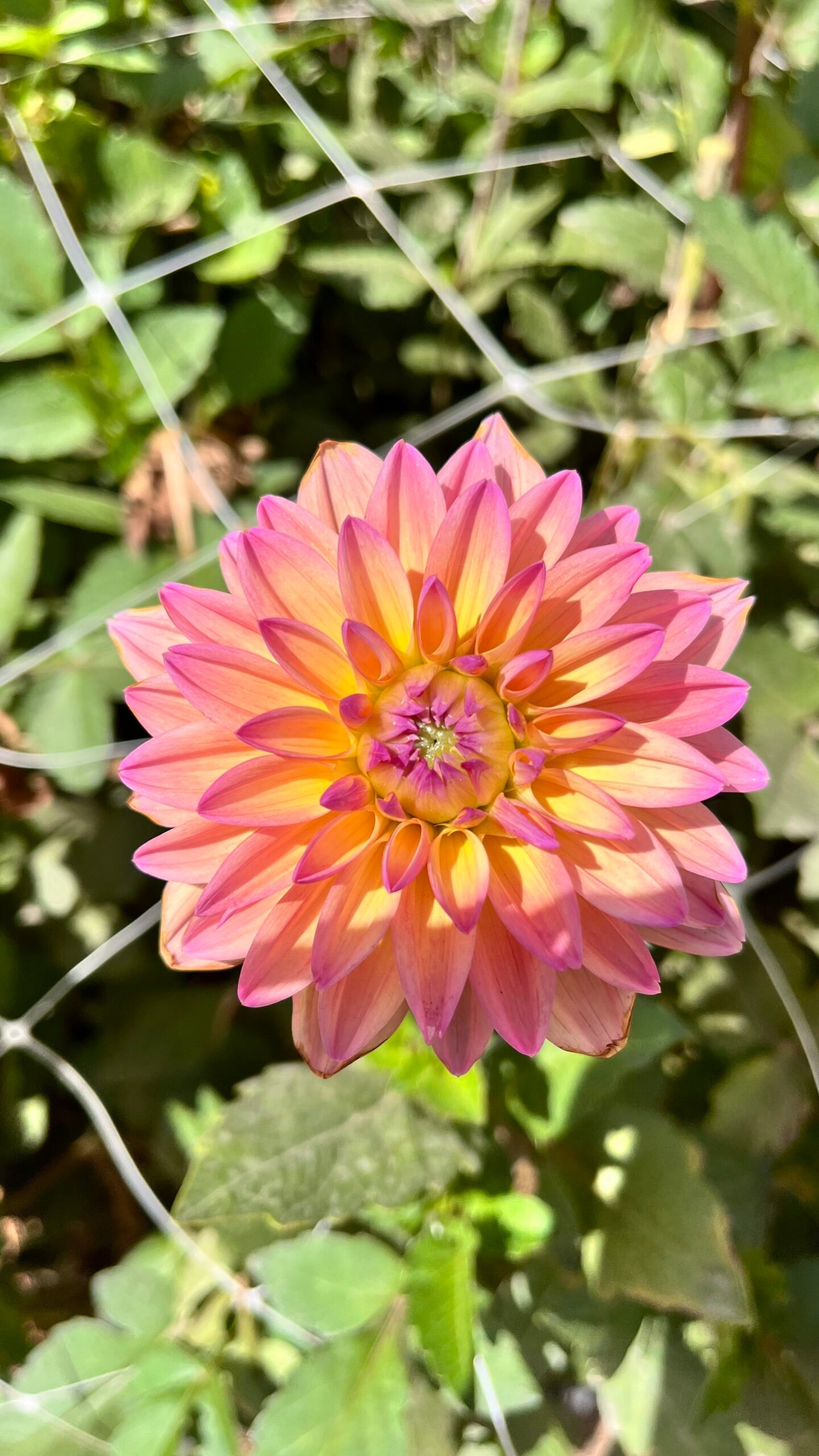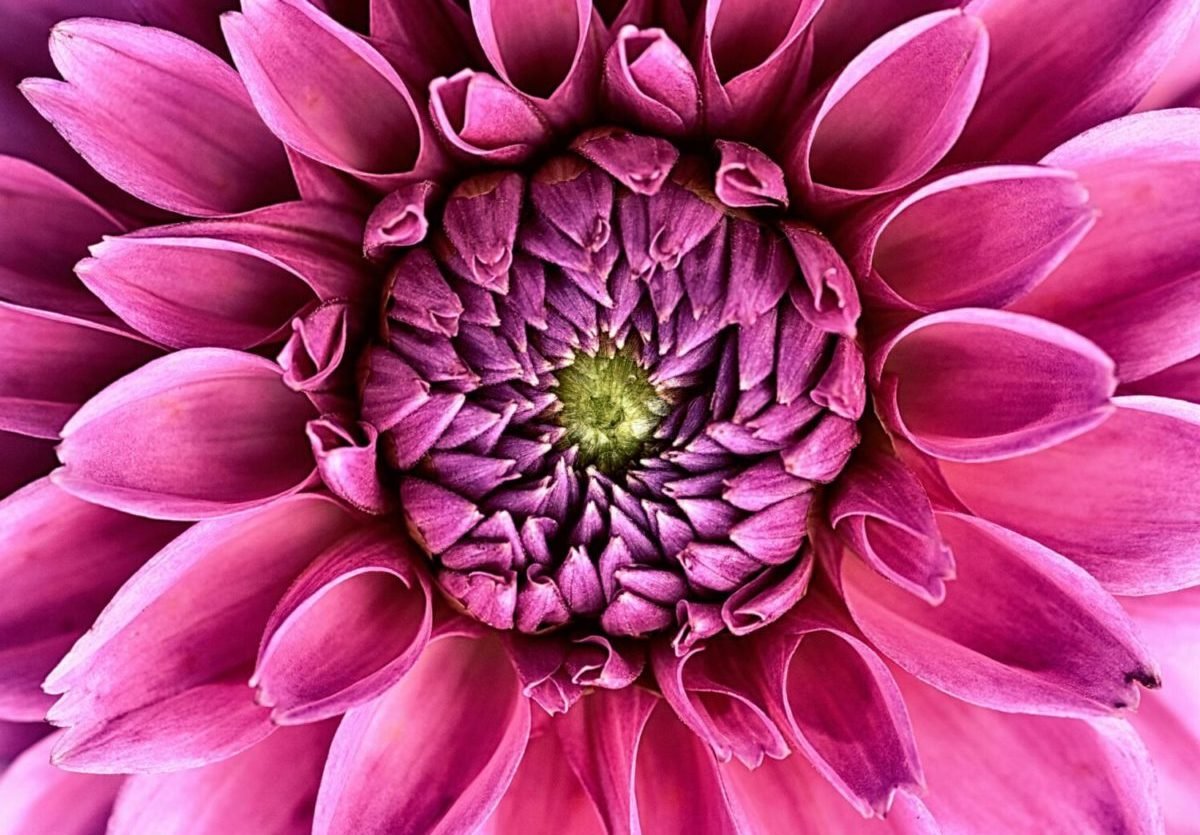Unlock the Secret to a Bountiful Bloom Bonanza: Pinching Flowers for a Prolific Harvest
Disclosure: This post may contain affiliate links. If you click through and make a purchase, I may earn a small commission at no extra cost to you. As an Amazon Associate, I earn from qualifying purchases. Thank you for supporting My Stylish Backyard.
As an avid gardener, you’ve probably heard the phrase “pinching flowers” tossed around in gardening circles. But what exactly does it mean, and why should you consider incorporating this technique into your gardening routine? Prepare to be amazed as we delve into the art of pinching flowers for a prolific bloom harvest that will transform your garden into a breathtaking oasis of color and fragrance.
What is Pinching Flowers?
Pinching flowers, also known as “tipping” or “pruning,” is a simple yet effective technique that involves removing the growing tip or terminal bud of a young plant. This strategic snipping encourages the plant to branch out, resulting in a bushier, more compact growth habit with an increased number of flowering stems.
While it may seem counterintuitive to prune a plant just as it’s starting to bloom, pinching is a game-changer for gardeners seeking an abundance of blooms. By redirecting the plant’s energy away from a single central stem, pinching allows the plant to focus on developing multiple side shoots, each with its own set of flowers.
The Benefits of Pinching Flowers
More Blooms
The primary advantage of pinching flowers is, you guessed it, more blooms! By encouraging branching, you’re essentially multiplying the number of potential flowering sites on a single plant, resulting in a stunning display of vibrant colors and textures.
Longer Stems
In addition to increasing the overall bloom count, pinching also promotes the development of longer, sturdier stems. This is particularly beneficial for cut flower enthusiasts or those who enjoy creating stunning floral arrangements from their garden harvests.
Improved Plant Structure
Pinching helps maintain a compact, well-branched plant structure, preventing the development of a tall, leggy appearance. This not only enhances the overall aesthetic appeal of your garden but also improves air circulation and light penetration, reducing the risk of fungal diseases and pests.
When to Pinch Flowers
The optimal timing for pinching flowers varies slightly depending on the plant species, but generally, it’s best to pinch when the plants are young, typically between 8-12 inches (20-30 cm) tall and have developed 3-4 sets of leaves.
For example, with zinnias, cosmos, and dahlias, pinching should occur when the plants are around 6-8 inches (15-20 cm) tall, while sunflowers and celosia may benefit from pinching when they reach 12 inches (30 cm) in height.
It’s essential to pinch early in the growing season to allow sufficient time for the plant to recover and develop new growth before the onset of flowering.

How to Pinch Flowers
The pinching process is straightforward and can be performed with a sharp pair of pruners or even your fingers for delicate stems:
1. Identify the terminal bud or growing tip, typically located at the top of the main stem.

2. Using your pruners or fingers, remove the top 3-4 inches (7-10 cm) of the stem just above a set of leaves.
3. Be cautious not to remove more than 50% of the plant’s foliage, as excessive pruning can hinder photosynthesis and stunt growth.
After pinching, the plant will temporarily pause its upward growth and focus its energy on developing new side shoots from the leaf nodes below the pruning point. These side shoots will eventually produce their own flowering stems, resulting in a profusion of blooms.
Flowers that Benefit from Pinching
Pinching is particularly beneficial for various flowering annuals with a branching growth habit, including:


- Gomphrena
- Marigold
- Phlox
- Snapdragons
- Sweet peas
- Sunflowers (branching varieties)
- Zinnias
However, it’s important to note that not all flowers respond favorably to pinching. Avoid pinching plants that produce only a single flower per stem, such as single-stemmed sunflowers or Bombay celosia, as this will effectively eliminate their ability to bloom.
Similarly, flowers like statice, Canterbury bells, and lisianthus tend to form a rosette shape and may not grow tall if pinched. However, lisianthus can benefit from pinching if you have a particularly long growing season.
Some flowers, like scabiosa, forget-me-not, foxglove, Dara, delphinium, and ranunculus, naturally produce multiple stems without the need for pinching.
Unleash the Bloom Power
By incorporating the art of pinching into your gardening repertoire, you’re unlocking a world of bountiful blooms and vibrant garden displays. With a little strategic snipping, you can transform your garden into a riot of colors, textures, and fragrances that will leave you awestruck and your neighbors green with envy.
So, what are you waiting for? Grab your pruners, roll up your sleeves, and embrace the power of pinching flowers for a bloom bonanza that will make your garden the envy of the neighborhood!







